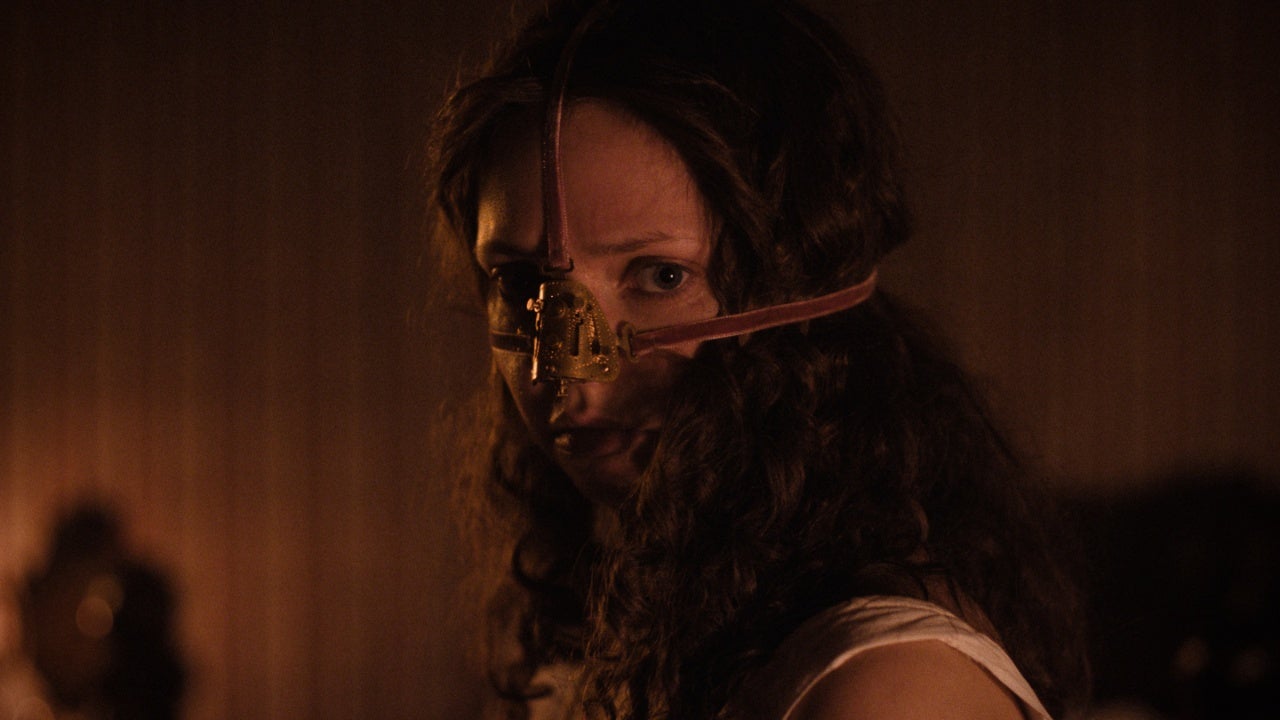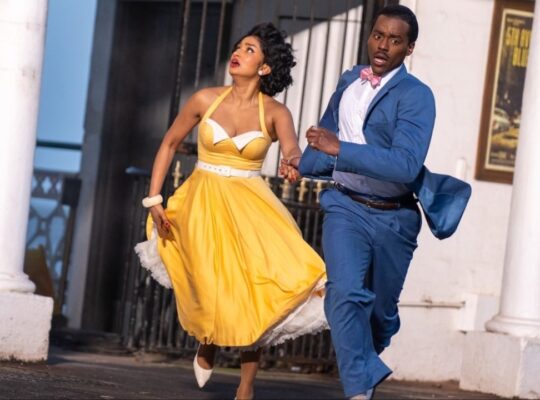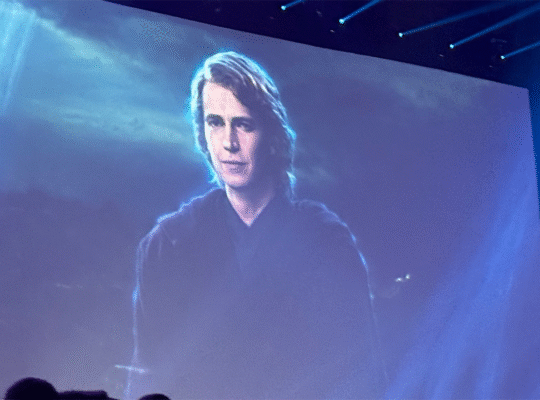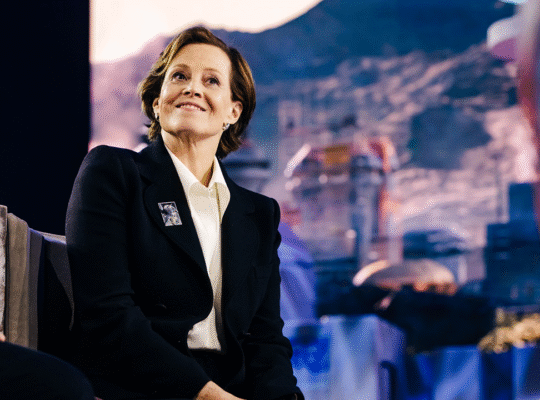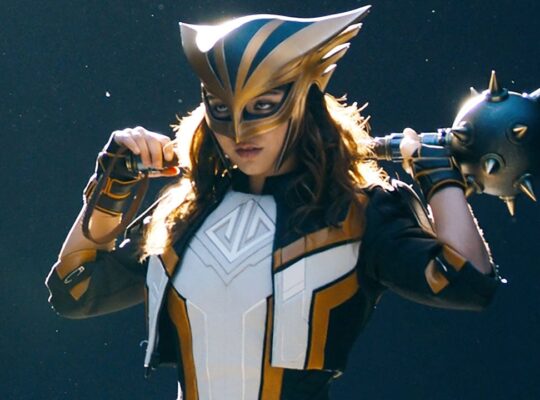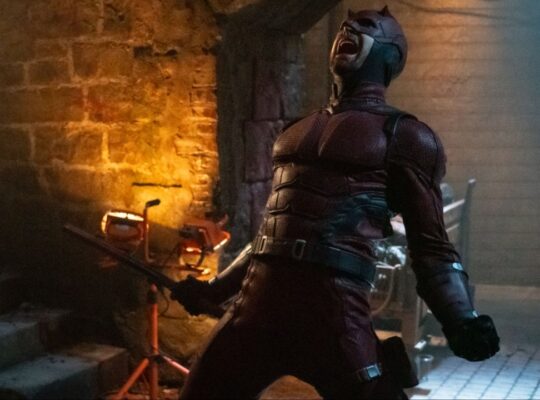
The Ugly Stepsister will stream on Shudder in 2025. This review is based on a screening at the 2025 Sundance Film Festival.
Discovering the violent origins of classic fairy tales is a rite of passage for budding weirdos. Opening a volume of Grimm’s Fairy Tales – the real ones – and reading about doves pecking out eyeballs and wicked siblings cutting off their own toes opens up a new world of imagination, one where “happily ever after” takes on a grotesque cast. The Ugly Stepsister stands on a similar precipice, the moment in early adolescence where the mysteries of sexuality are beginning to reveal themselves but reality has yet to ruin the romantic fantasy.
Deciding how much to reveal about this Scandinavian body-horror fantasy is difficult. It’s based on a classic fairy tale – a famous one, one that’s been told and retold many times before. But the perspective writer-director Emilie Blichfeldt brings to her debut feature is fresh enough that it takes a few minutes to realize which story she’s riffing on. The moment of recognition is delightful, a feeling that’s scarce in this otherwise very grim film. (No pun intended.) Suffice to say that, if you already guessed the source material based on the gory details in the previous paragraph (or the title), The Ugly Stepsister is worth a watch.
A strong stomach is non-negotiable, however, as The Ugly Stepsister takes the concept of suffering for beauty to graphic, nauseating extremes. In a touch that will appeal to fans of dark history podcasts and morbid medical oddities, The Ugly Stepsister depicts crude and agonizing cosmetic-surgery procedures that – believe it or not – are not that far off from historical reality. (Rhinoplasties were indeed performed with a hammer and chisel at one point.) These scenes are filmed in excruciating, unblinking detail, and concentrate on common trigger points like eyes, teeth, and toes. And that’s all without getting into the tapeworm.
All of these torments are inflicted onto one character: Elvira (Lea Myren), the elder of two sisters whose glamorous mother Rebekka (Ane Dahl Torp) forces her to transform herself from a chubby girl into a swan-like young woman in just four months. This involves the painful procedures outlined above, with the goal of Elvira marrying their kingdom’s handsome prince – and securing her family’s financial future in the process. The Ugly Stepsister underlines the desperation behind Rebekka and Elvira’s actions, giving them credible, if cruel, motivations; this will be important later on, when Elvira’s stepsister Agnes (Thea-Sofie Loch Næss) has a magical awakening of her own with the help of the maggots infesting her dead father’s corpse. (Again: This one is not for the easily nauseated.)
All this unfolds against a rich period background, in castles lined with elaborate wallpaper and outfitted with luxurious furniture and draperies. The dresses, from Lars von Trier’s longtime costumer Manon Rasmussen, are gorgeous – particularly the pink and green silk gown Rebekka buys for Elvira to wear on what her mother keeps reminding her is the most important night of all of their lives. Elvira is wearing a wig, because her hair is falling out from malnutrition. Her long lashes have literally been sewn to her eyelids. Everything hurts, but she puts on a big smile and dances for the prince anyway.
The Ugly Stepsister aims for a diffuse fairy-tale setting: somewhere in Europe, sometime in the 19th century. This spell is broken during the aforementioned dance, a Busby Berkekely-inspired number that plays like something out of an episode of Bridgerton. The influence of Sofia Coppola and Marie Antionette is visible as well, particularly in the 1980s-inspired synthesizer soundtrack, which pairs perfectly with the pink fog in Elvira’s girlish daydreams.
Revisionist takes on classic fairy tales often emphasize the psychosexual undertones of these stories: Think The Bloody Chamber and the work of Catherine Breillat, two influences that are just a tad more adult than what’s happening here. Elvira is curious about men, and the sight of an erect penis adds a turgid hint of sexual menace at a few key points in the story. But Elvira maintains her innocence, making the torture she endures in pursuit of her dreams all the more heartbreaking.
The horrific elements are straightforward: The surgeon who mutilates Elvira has a sign hanging in his steampunk operating chamber that says “Beauty is Pain,” and Blichfeldt is ultimately just taking that concept literally. And the film shares Elvira’s anger towards beautiful girls, the lucky ones who get everything they want, along with its disgust for the piggish men who use and discard women. Both are consistent with the subjective point of view of a girl who does have to try harder than everyone else to get the same results. There are no real villains in this story, only different shades of misery and delusion. That’s the most mature thing about it.


